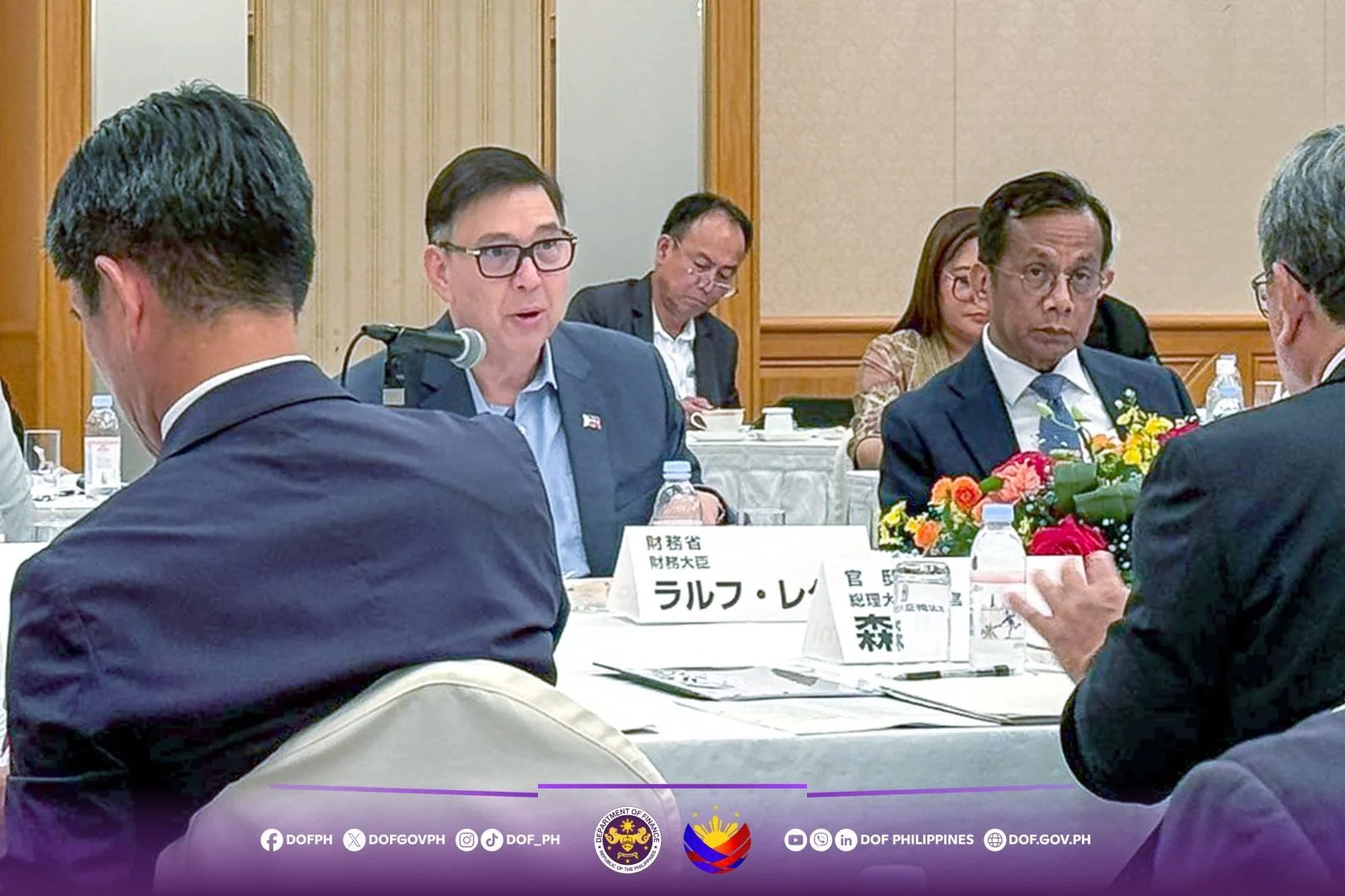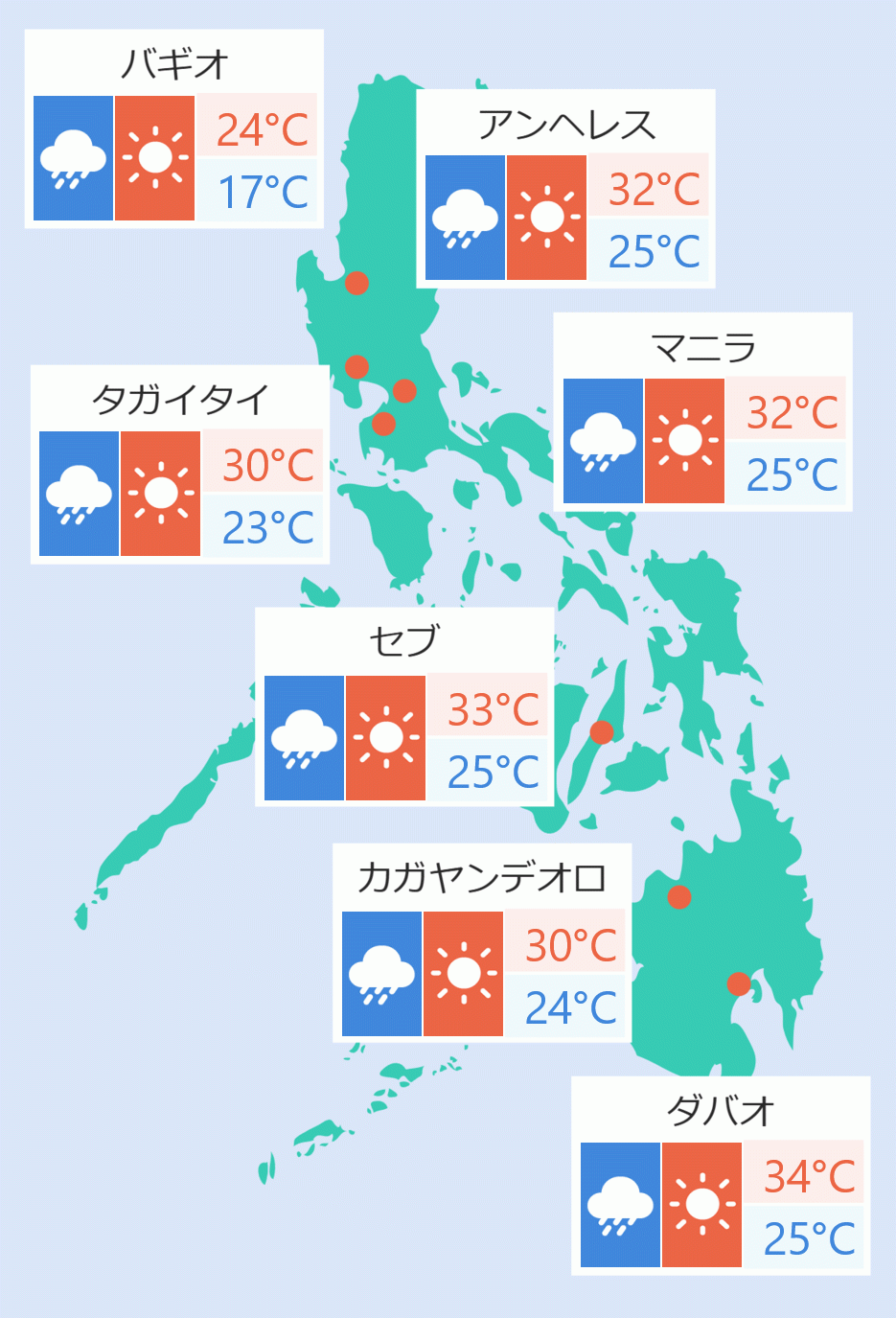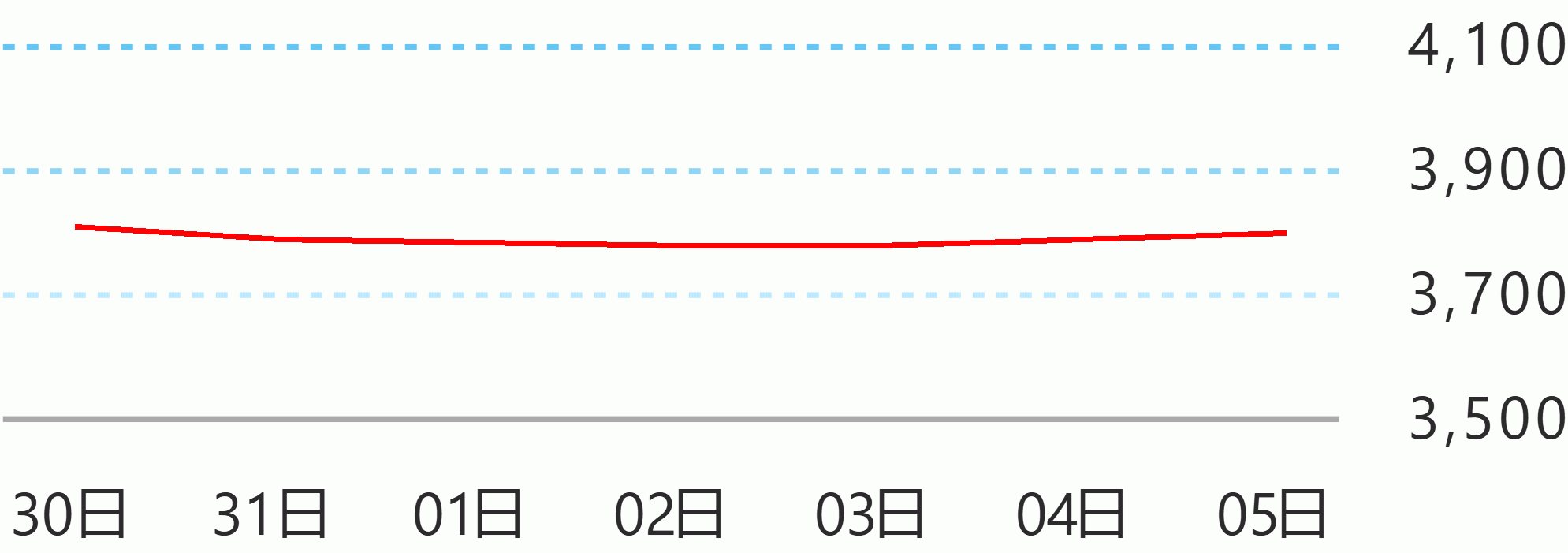The Government of Japan has reaffirmed its support for the Philippines’ infrastructure development agenda, assuring financing assistance for big-ticket bridge, spillway, and maritime projects designed to improve connectivity, enhance safety, and uplift the quality of life of Filipinos.
The Philippine economic and infrastructure team, led by Finance Secretary Ralph Recto, met with the Japanese government on September 11 in Osaka to discuss the progress of key projects supported by Japan.
The Government of Japan was represented by Dr. Mori Masafumi, special advisor to the Prime Minister of Japan.
“Today’s discussions confirmed steady progress in cooperation across various fields, including large-scale infrastructure development, disaster prevention, information and communications, energy, and the Mindanao peace process,” Masafumi said.
“Your [Japanese government] confidence will be invested properly in the future of our people. Every yen and every peso will be made to work harder and go farther. We will meet your trust with transparency, predictability, and delivery,” Recto said.
Among the big-ticket projects in the pipeline for Japanese financing for fiscal year 2025 to 2026 is the 2.611-kilometer Second San Juanico Bridge Construction Project, which will connect the Leyte and Samar Islands via the municipalities of Babatngon and Sta. Rita.
This will cut travel time, lower transport costs, and open new economic opportunities for local businesses and workers in the Visayas region.
Meanwhile, the Paranaque Spillway Construction Project is designed to protect thousands of families in the Laguna Lakeshore areas by reducing flood inundation by up to 37 percent during extreme weather events.
The project will channel excess lake water from Laguna Lake into Manila Bay through Muntinlupa, Paranaque, Las Pinas, and Bacoor via an underground drainage system, safeguarding homes, livelihoods, and communities.
Finally, the Philippine Coast Guard (PCG) Support Facility Development Project in the Subic Bay Area aims to enhance the PCG’s operational capacity to strengthen maritime safety, ensuring safer seas for Filipino fisherfolk, travelers, and local communities.
Both sides also discussed project status updates, implementation challenges, and corresponding resolutions and next steps for ongoing projects funded by Japan.
These include the North-South Commuter Railway Project, the Metro Rail Transit Line 3 Rehabilitation Project, and the Metro Manila Priority Bridges Seismic Improvement Project, among others.
Japan continues to be the country’s largest official development assistance provider (ODA), with commitments amounting to around $14.19 billion (approximately P805.76 billion) or 39.15 percent of the total ODA portfolio as of March.
The high-level meeting was held on the sidelines of the 2025 Osaka Expo and the Philippine Economic Briefing (PEB).
Part of the Philippine delegation were Philippine Ambassador to Japan Mylene Garcia-Albano, Department of Economy, Planning, and DevelopmentSecretary Arsenio Balisacan, Department of Transportation Acting Secretary Giovanni Lopez, Department of Public Works and Highways Senior Undersecretary Emil Sadain, and Department of Budget and Management (DBM) Assistant Secretary Romeo Matthew Balanquit.
The Japanese side was represented by senior officials of the Ministry of Foreign Affairs; the Cabinet Secretariat; the Ministry of Finance; the Ministry of Economy, Trade and Industry; the Ministry of Internal Affairs and Communications; the Ministry of Land, Infrastructure, Transport and Tourism; the Japan International Cooperation Agency (JICA); and the Japan Bank for International Cooperation (JBIC). DOF Information Management Service





 English
English










